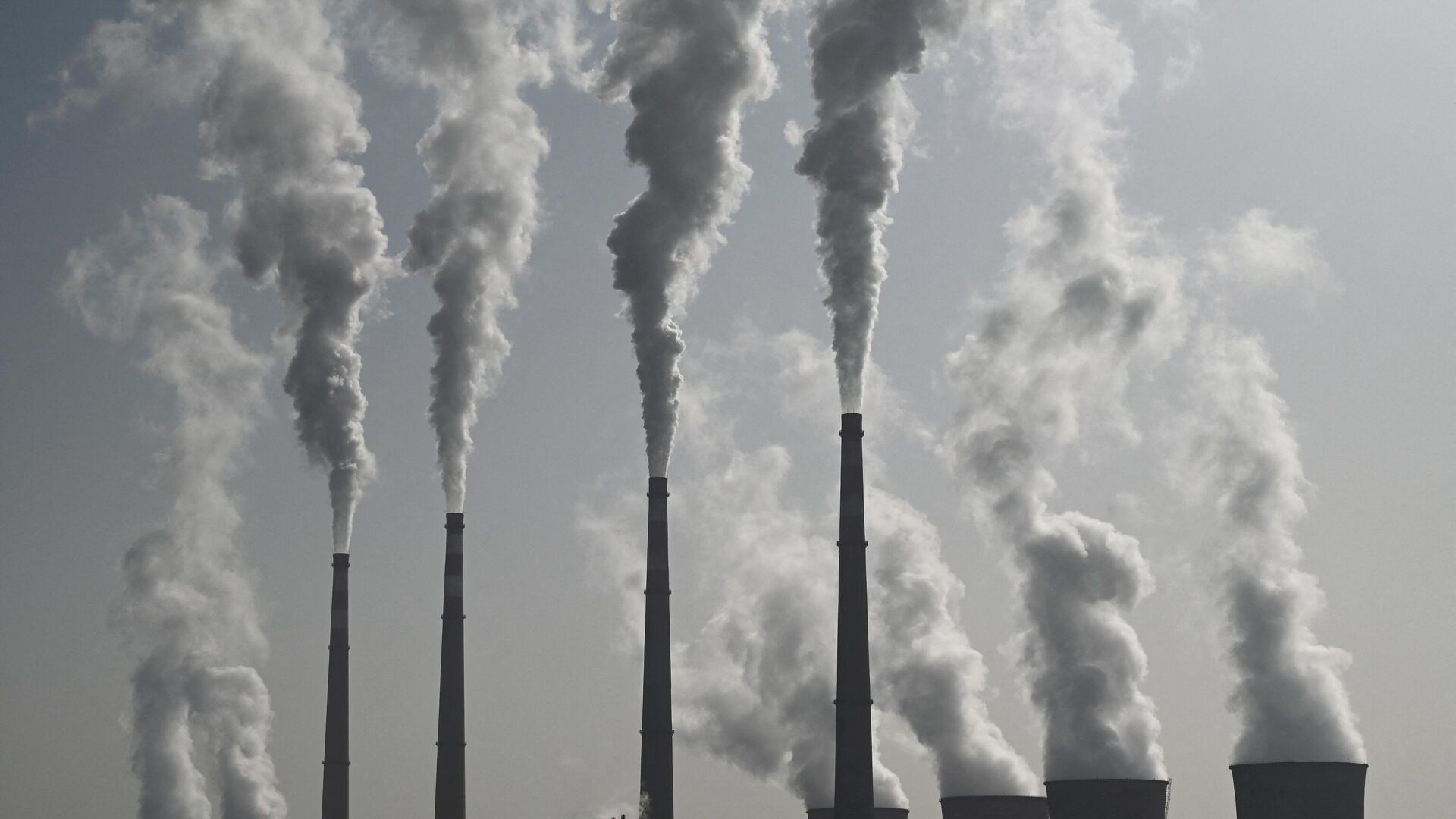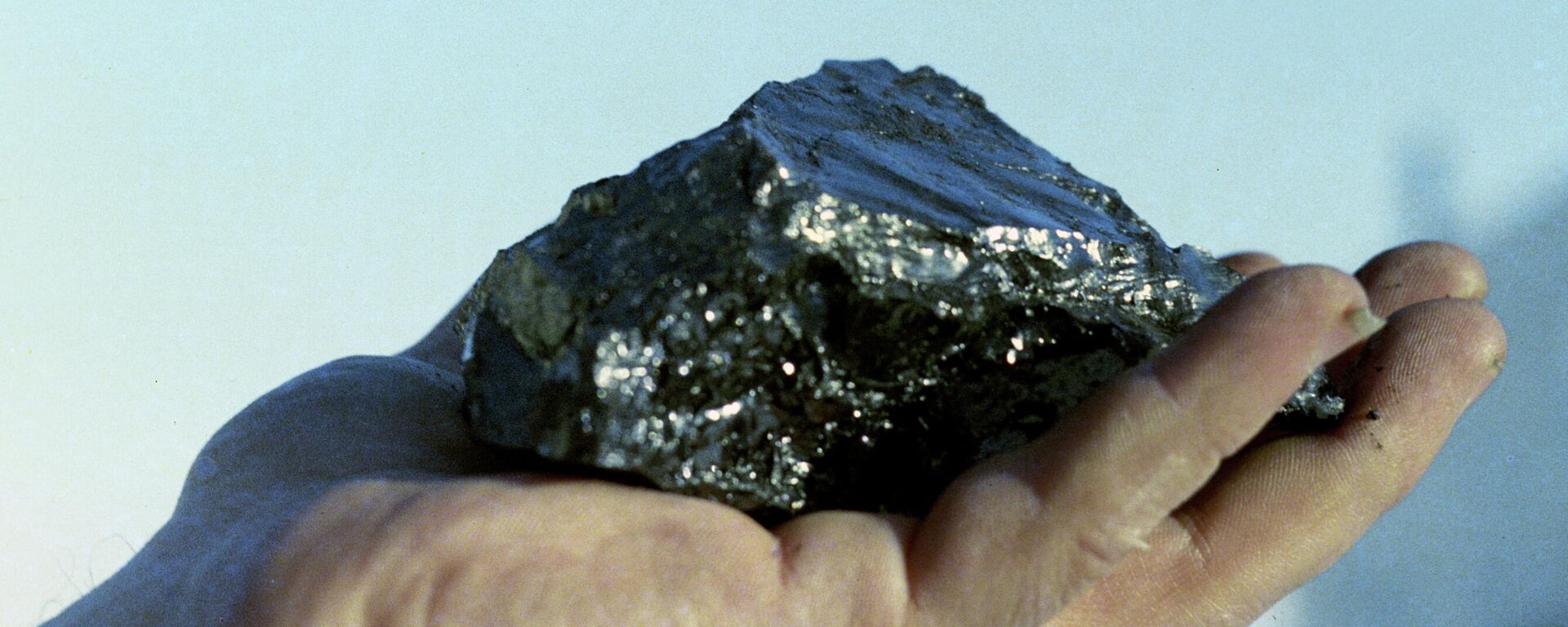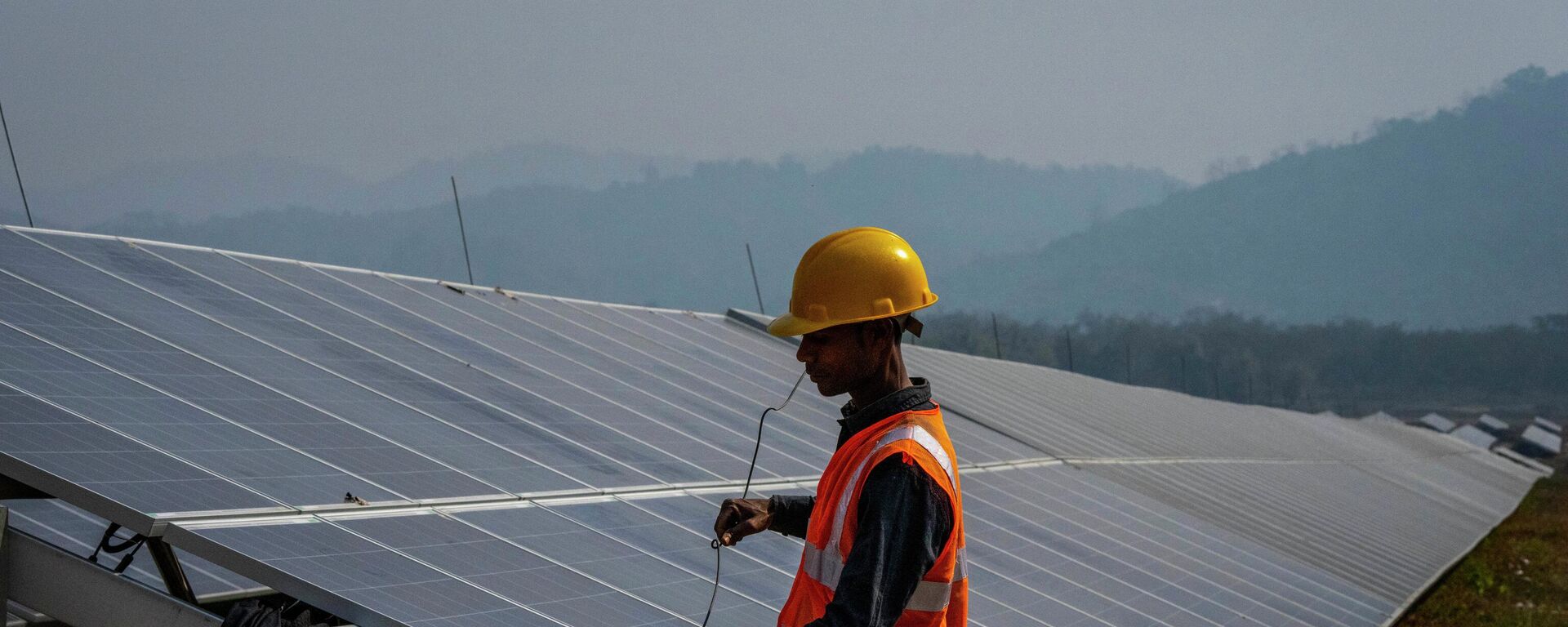https://sputnikglobe.com/20220813/china-says-its-solar-to-green-hydrogen-plant-will-cut-carbon-emissions-by-500000-tons-annually-1099549500.html
China Says Its Solar-to-Green Hydrogen Plant Will Cut Carbon Emissions by 500,000 Tons Annually
China Says Its Solar-to-Green Hydrogen Plant Will Cut Carbon Emissions by 500,000 Tons Annually
Sputnik International
In March, China’s National Development and Reform Commission (NDRC) announced a target-plan of reaching up to 200,000 tons of “green hydrogen” a year by 2025... 13.08.2022, Sputnik International
2022-08-13T10:51+0000
2022-08-13T10:51+0000
2022-08-13T10:51+0000
china
xinjiang
hydrogen
renewable energy
carbon emissions
president xijinping
world
https://cdn1.img.sputnikglobe.com/img/07e6/08/0d/1099549694_0:137:3073:1865_1920x0_80_0_0_e3863db6ae2618ca6018fffc0733ee48.jpg
China’s solar-powered “green hydrogen” facility, under construction in Xinjiang, will help slash the country’s carbon emissions by around 500,000 tons a year, according to state broadcaster CCTV.The factory in Kuqa in the south of the region would also be among the largest such projects operating globally. It will use renewable energy sources such as solar and wind power to generate electricity to break down water into its two constituent elements - oxygen and hydrogen. Xinjiang is a windy province, recording average wind speeds of 8.92 meters per second.The hydrogen can then be liquefied and pumped through natural gas pipelines to help deal with energy shortages in the most densely populated parts of the country.China, the world's largest greenhouse gas producer, is constructing the factory as part of its Peak Carbon Dioxide Emissions plan. The country has vowed to carry through a dramatic reduction in carbon emission intensity with its carbon peaking actions. Accordingly, the “green hydrogen” facility is being designed to produce 20,000 tons of this cleaner energy source annually to replace “grey hydrogen,” which relies on the use of fossil fuels.The solar panels on the site will cover an area of more than 630 hectares (1,560 acres), the broadcaster added.According to Ling Yiqun, another Sinopec manager, the country’s petroleum industry is forecast to “create a market with a size of more than 100 billion yuan (US$14.8 billion) by replacing grey hydrogen with green hydrogen.”When used in vehicles, hydrogen fuel batteries boast such advantages as high performance and extended operating range, Li Bo, from the National Energy Administration, told CCTV. He added that a kilogram of hydrogen could generate as much heat as four liters (one gallon) of petrol. Furthermore, the costs entailed would fall once it becomes more widely used.In 2020, Chinese President Xi Jinping announced that his country would make efforts to peak carbon dioxide emissions before 2030 and achieve carbon neutrality before 2060, including by promoting green and low-carbon transportation and supporting technological innovation.Weighing in on the plan released by Beijing earlier this month to encourage green hydrogen production, Dai Jianfeng, deputy chief engineer of the Electric Power Planning Design General Institute, said:Experts have hailed the plan to use surplus energy in the western part of China, converted to hydrogen and transported via natural gas pipelines, to deal with energy constraints in its eastern regions.Sinopec president Ma Yongsheng underscored the importance of the project to build a number-one hydrogen energy company, saying:
https://sputnikglobe.com/20220520/china-faulted-for-stepping-up-coal-consumption-but-us--europe-follow-suit-1095673867.html
https://sputnikglobe.com/20220712/india-on-track-to-challenge-chinas-dominance-in-solar-energy-sector-minister-says-1097235138.html
china
xinjiang
Sputnik International
feedback@sputniknews.com
+74956456601
MIA „Rossiya Segodnya“
2022
News
en_EN
Sputnik International
feedback@sputniknews.com
+74956456601
MIA „Rossiya Segodnya“
Sputnik International
feedback@sputniknews.com
+74956456601
MIA „Rossiya Segodnya“
china, xinjiang, hydrogen, renewable energy, carbon emissions, president xijinping
china, xinjiang, hydrogen, renewable energy, carbon emissions, president xijinping
China Says Its Solar-to-Green Hydrogen Plant Will Cut Carbon Emissions by 500,000 Tons Annually
In March, China’s National Development and Reform Commission (NDRC) announced a target-plan of reaching up to 200,000 tons of “green hydrogen” a year by 2025, adding that it will reduce carbon dioxide emissions by one-two million tons annually.
China’s
solar-powered “green hydrogen” facility, under construction in Xinjiang, will help slash the country’s carbon emissions by around 500,000 tons a year, according to state broadcaster CCTV.
The factory in Kuqa in the south of the region would also be among the largest such projects operating globally. It will use renewable energy sources such as
solar and wind power to generate electricity to break down water into its two constituent elements - oxygen and hydrogen. Xinjiang is a windy province, recording average wind speeds of 8.92 meters per second.
The hydrogen can then be liquefied and pumped through natural gas pipelines to help deal with energy shortages in the most densely populated parts of the country.
China, the world's largest
greenhouse gas producer, is constructing the factory as part of its Peak Carbon Dioxide Emissions plan. The country has vowed to carry through a dramatic reduction in carbon emission intensity with its carbon peaking actions. Accordingly, the “green hydrogen” facility is being designed to produce 20,000 tons of this cleaner energy source annually to replace “grey hydrogen,” which relies on the use of fossil fuels.
The solar panels on the site will cover an area of more than 630 hectares (1,560 acres), the broadcaster added.
“Xinjiang region is rich in sunlight resources, making it a perfect place to explore green hydrogen production. The cost of hydrogen production here from photovoltaic electrolysis is only 18 yuan (US$2.67) per kilogram,” Cao Jie, a manager from Sinopec, China’s largest hydrogen producer, was cited by CCTV as saying.
According to Ling Yiqun, another Sinopec manager, the country’s petroleum industry is forecast to “create a market with a size of more than 100 billion yuan (US$14.8 billion) by replacing grey hydrogen with green hydrogen.”
When used in vehicles, hydrogen fuel batteries boast such advantages as high performance and extended operating range, Li Bo, from the National Energy Administration, told CCTV. He added that a kilogram of hydrogen could generate as much heat as four liters (one gallon) of petrol. Furthermore, the costs entailed would fall once it becomes more widely used.
In 2020, Chinese President Xi Jinping announced that his country would make efforts to peak carbon dioxide emissions before 2030 and achieve carbon neutrality before 2060, including by promoting green and low-carbon transportation and supporting technological innovation.
Weighing in on the plan released by Beijing earlier this month to encourage green hydrogen production, Dai Jianfeng, deputy chief engineer of the Electric Power Planning Design General Institute, said:
“In the future, hydrogen production from water electrolysis will become the largest load of the power system, accounting for more than 20 per cent of the total electricity consumption.”
Experts have hailed the plan to use surplus energy in the western part of China, converted to hydrogen and transported via natural gas pipelines, to deal with energy constraints in its eastern regions.
Sinopec president Ma Yongsheng underscored the importance of the project to build a number-one hydrogen energy company, saying:
"Hydrogen energy is one of the sources of clean energy that has the most potential for development. This pilot project gives full play to Xinjiang's advantage in its wealth of resources.”




